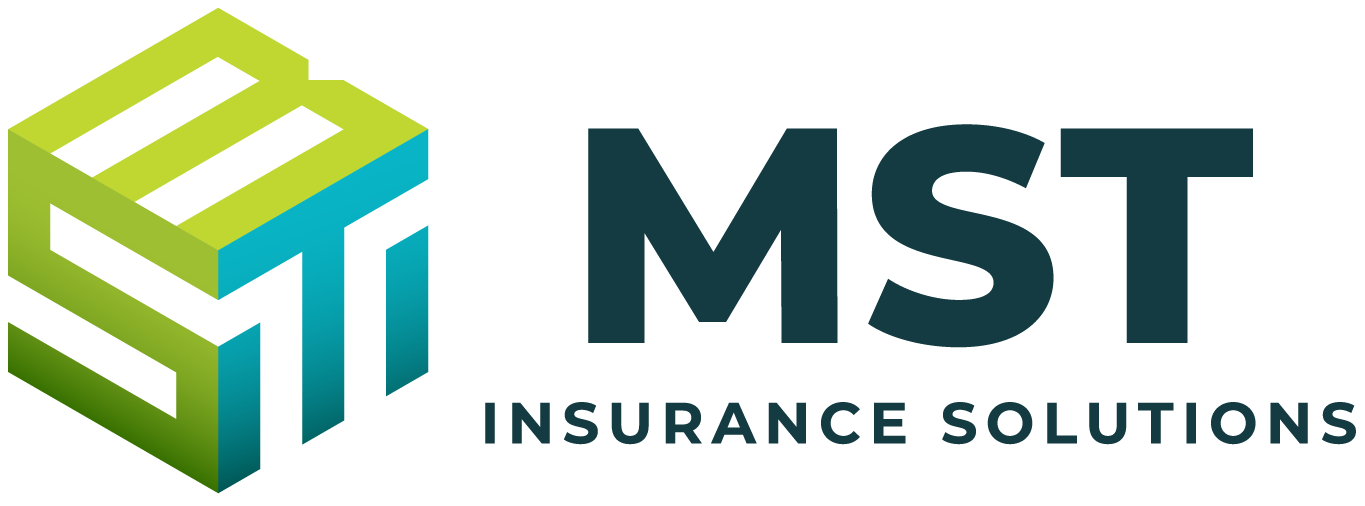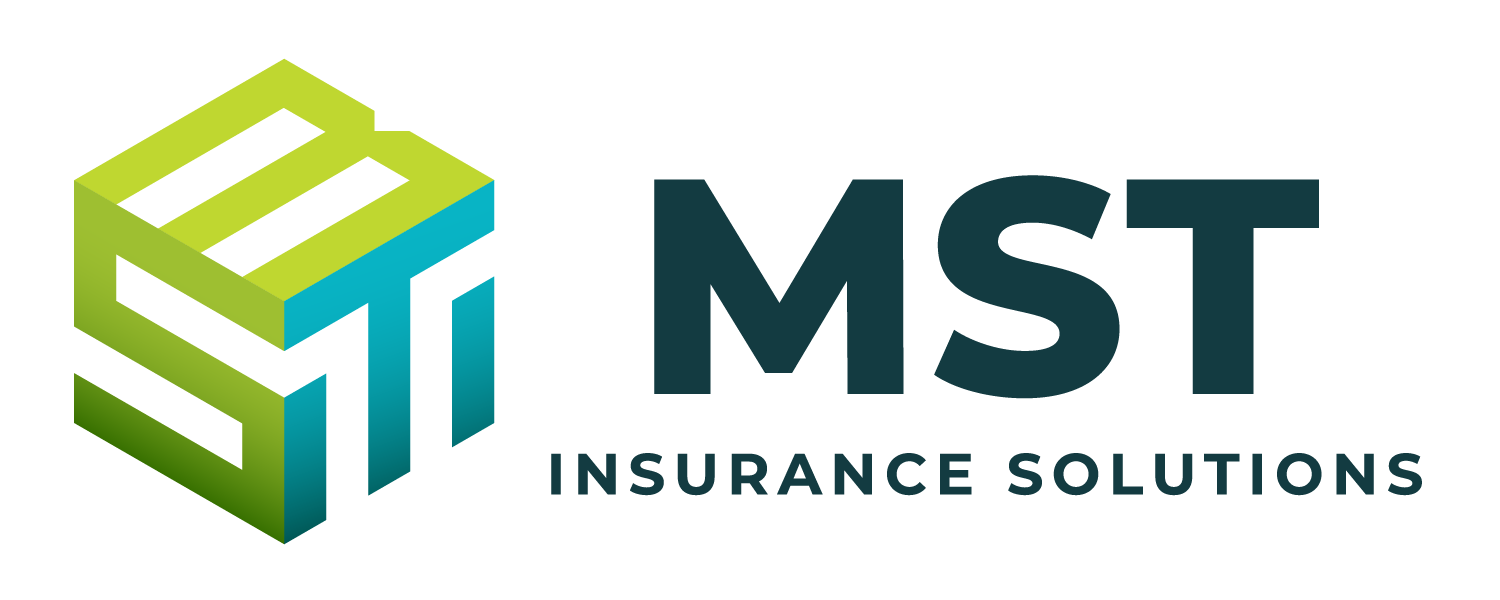The IRS has released a private letter ruling (No. 202434006) approving an employer’s program that gives employees the option to direct employer contributions toward several different offered benefits. A private letter ruling, or PLR, is a written statement issued to a taxpayer in response to a written request that interprets and applies tax laws to the taxpayer’s represented set of facts. While a PLR may not be relied on as precedent by other taxpayers, the PLR provides important insight into how the IRS might view similar employer programs.
Program Details
The IRS approved the employer’s request to reduce its discretionary contribution to its 401(k) plan and provide eligible employees with a choice to allocate an additional employer contribution among several options:
- The 401(k) plan;
- The retiree health reimbursement arrangement (HRA) (provided the employee is age 55 or older and has 10 years of service at the time of the employee’s election);
- The educational assistance program (solely for qualified student loan payments); or
- An employee’s health savings account (HSA).
Program Operation
Under the proposed amendments:
- Eligible employees would make an annual irrevocable election during open enrollment;
- The employer would make a contribution, consistent with the employee’s election, by March 15 of the following year (or if no election was made, the employer contribution would be made to the 401(k) plan); and
- Eligible employees could not receive the employer contribution in the form of cash or another taxable benefit.
The proposed plan amendments also provided that employees who elected to have the employer contribution allocated either to the educational assistance program or as an employee’s HSA contribution would not be eligible to receive other benefits from the educational assistance program or make pre-tax contributions to the HSA until after March 15 of the following year, to prevent contributions greater than the applicable statutory limits.
For a copy of this notice, click here: IRS Allows Employees to Allocate Employer Contributions Among Different Benefits

